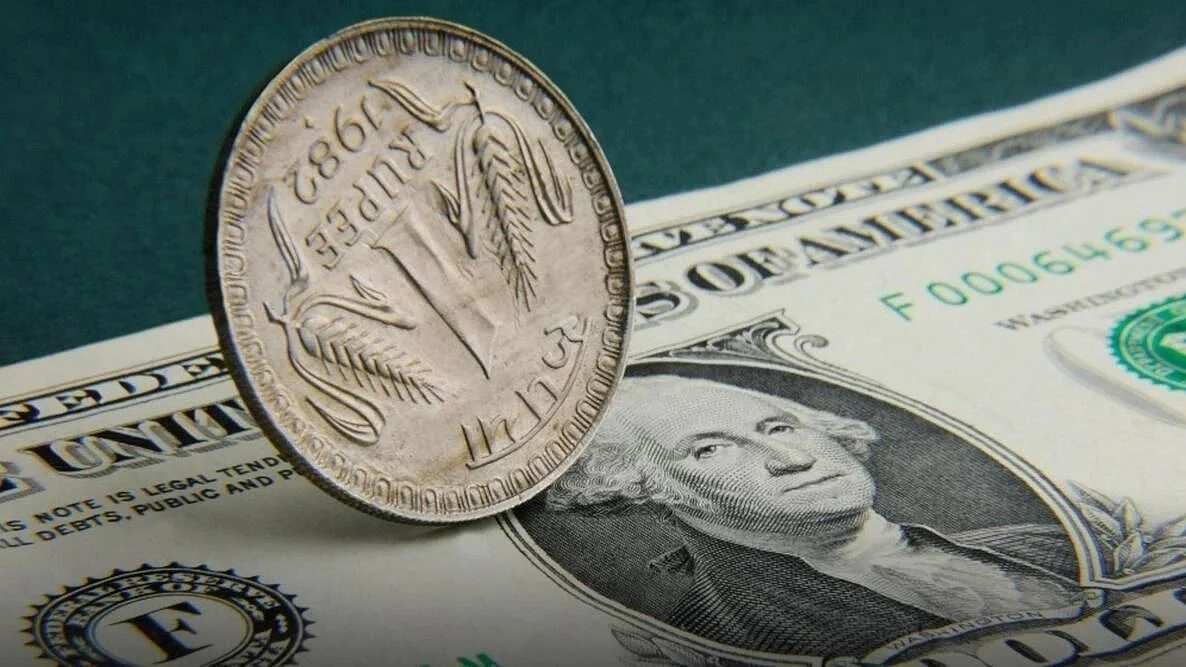India’s economy may continue to be in the doldrums in foreseeable future
Some key concerns are jobless growth, inflation, the sliding value of the rupee, depleting foreign exchange reserves, widening current account deficit, and bad state of affairs of public enterprises

Even though the International Monetary Fund recognised India as a 'bright spot' in a gloomy world economy, that is nowhere close to the truth as far as the ground reality is concerned.
Moreover, the only way to fix the Indian economy is for the incumbent government to initiate big ticket structural reforms on an urgent basis, but top leaders continue to be in a state of denial.
It is now clear as daylight that India’s growth story began to unravel following the Modi govt's demonetisation move in 2016. The economy then began to slow down quarter after quarter.
During the COVID pandemic, it took a further hit, as did all the economies in the world, slipping into the negative territory.
This year, some degree of economic recovery was indeed achieved, unlike other major economies, earning kudos from the IMF and the World Bank. But structural weaknesses have come to the fore, making the picture gloomy in the short-term.
In the long-term, India might become a $25 trillion economy, but all economic indicators paint a gloomy picture for the next few years.
The immediate problems are jobless growth, inflation, sliding rupee, depleting foreign exchange reserves, widening current account deficit, slowing growth of exports, poor infrastructure, tardy and delayed implementation of projects and the bad state of affairs of the public enterprises.
India must register high growth every year in the next couple of decades to tackle poverty and ensure that most of the working age population is gainfully employed. With a majority of the 1.3 billion population being young, it is necessary for India to achieve a real growth of 6.5 to 7 per cent annually, which means that the GDP growth would have to be at least 8-9 per cent annually.
Meanwhile, the Consumer Price Index (CPI) surged to 7.4 per cent in September as against 7 per cent in August. According to Crisil, CPI inflation is expected to remain elevated above the RBI's tolerance band of 6 per cent, and with food inflation accelerating, there is bound to be more hardship for poor sections of the society.
The steepening and broadening decline in Index of Industrial Production (IIP) is another piece of bad news for the economy. IIP declined 0.8 per cent in August compared to 2.3 per cent growth in the previous month. This marked the third successive month of the slowdown of IIP, and the first month of decline since February 2021. This decline was driven by the manufacturing sector.
Export oriented sectors were hit by slowing global growth. Domestic-oriented sectors too witnessed falling activity.
Crisil, analysing this data, is of the view that downside risks to the industrial outlook are expected to increase with intensifying global slowdown over the next 12 months.
Agricultural incomes are getting hit due to the uneven monsoon, which could hurt domestic demand prospects.
Overall, the industrial outlook looks bleak in the immediate future, which means more job losses, hurting the poor and the lower and upper middle class.
CMIE emphasised that headwinds of high inflation and high interest rates may dampen the festive spirit this year. It also felt that growth projections were being lowered because the estimates projected earlier were too optimistic.
CMIE feels there is some good news with regard to the unemployment rate, which fell to 6.4 per cent in August 22. This is the lowest unemployment rate in India since August 2018. According to Mahesh Vyas of CMIE, this is a “bonanza” because it comes along with an increase in the labour participation rate. This means that employment has gone up and the rewards are spread across rural and urban regions.
However, fact remans that jobs are still scarce and not commensurate with the requirement, and hence it will be quite a while before the job market gets back its buoyancy that existed before demonetisation in 2016.
Noted economist Pronab Sen is of the view that India needs to have a real GDP growth of 6.5 per cent at least to ensure that adequate jobs are created to meet the growing demand. At the moment, “we are not there”, he rued, as real growth is around 4-4.5 per cent.
Another positive development, according to CMIE, is that consumer sentiment is at a 30-month high as it vaulted by an impressive 7 per cent in September.
Overall, then, despite some positives in an overall gloomy economic scenario, the country's economy is likely to be in the doldrums in the foreseeable situation.
Indeed, if global recession persists longer than expected and the geo-political scenario worsens in the months to come, then instead of improving, India’s economic situation will actually worsen even further.
(IPA Service)
Views are personal
Follow us on: Facebook, Twitter, Google News, Instagram
Join our official telegram channel (@nationalherald) and stay updated with the latest headlines
